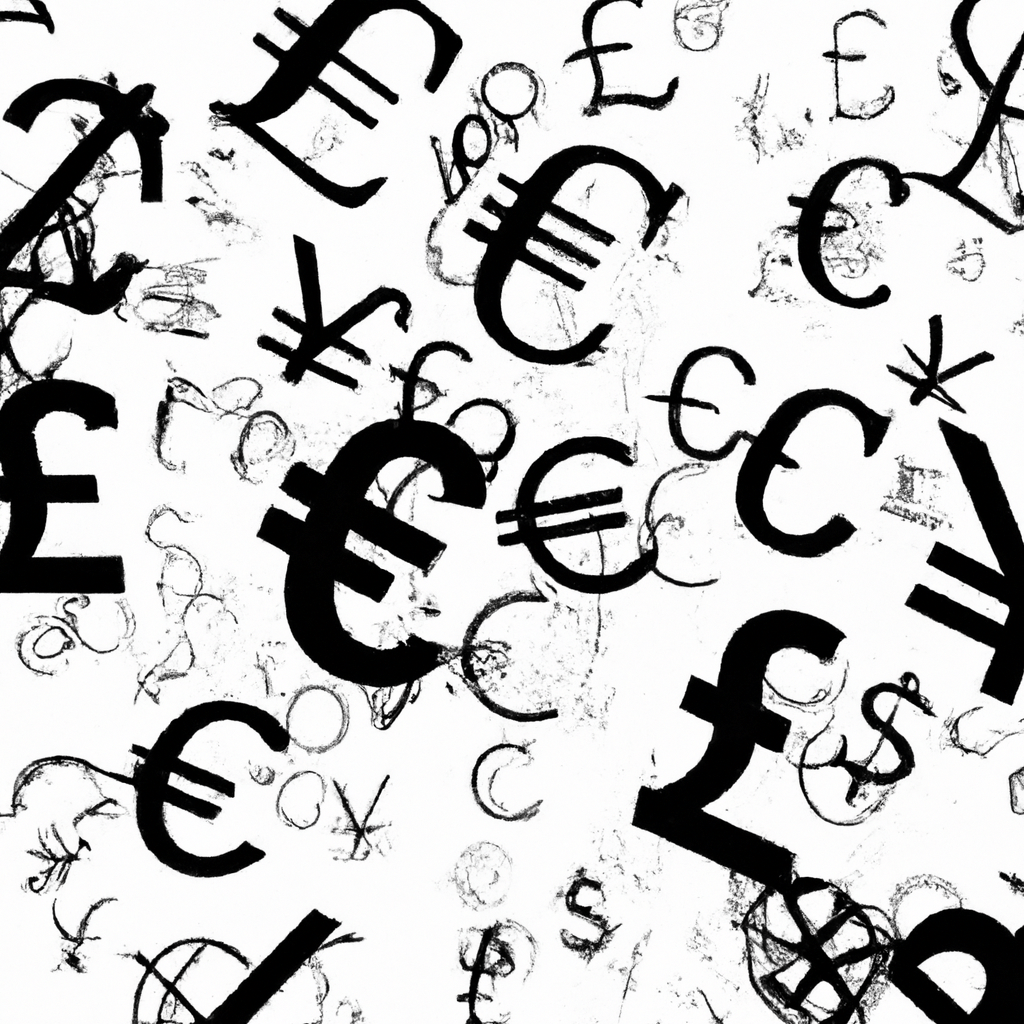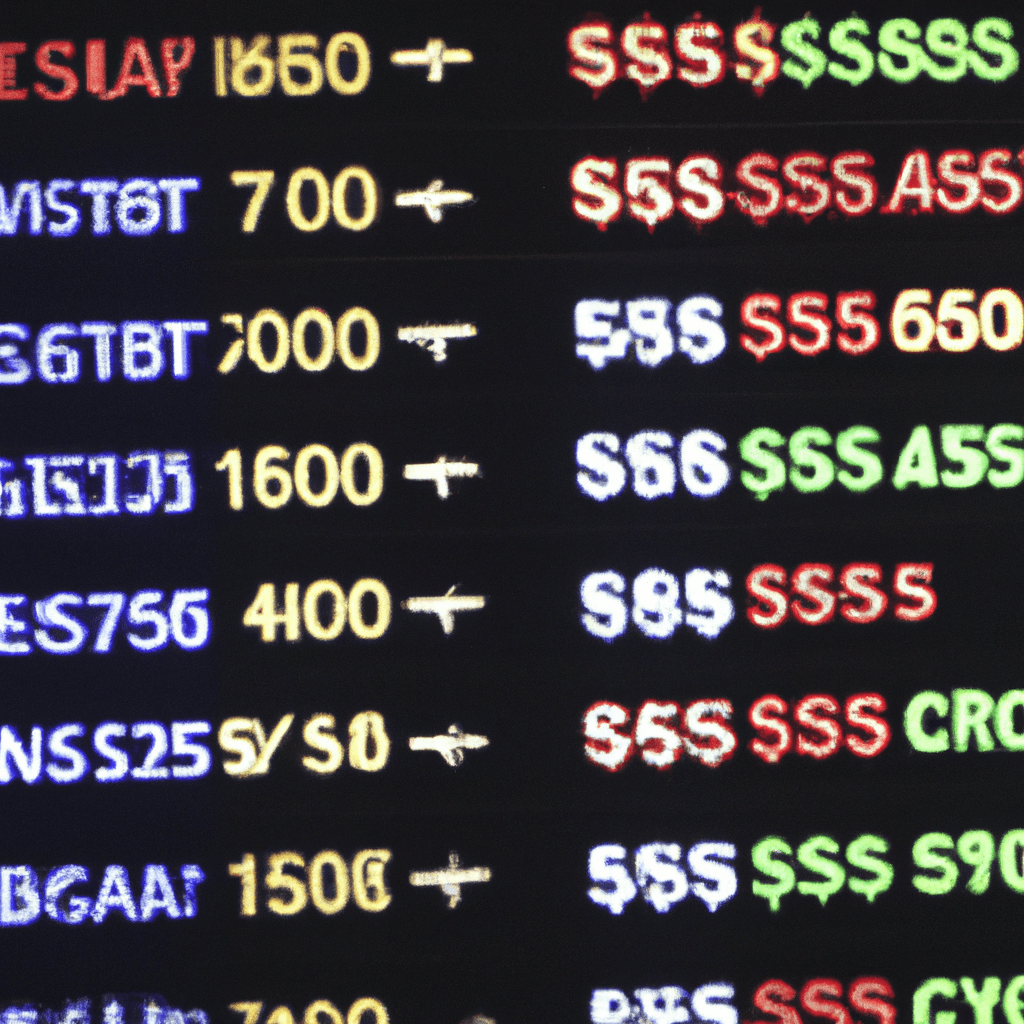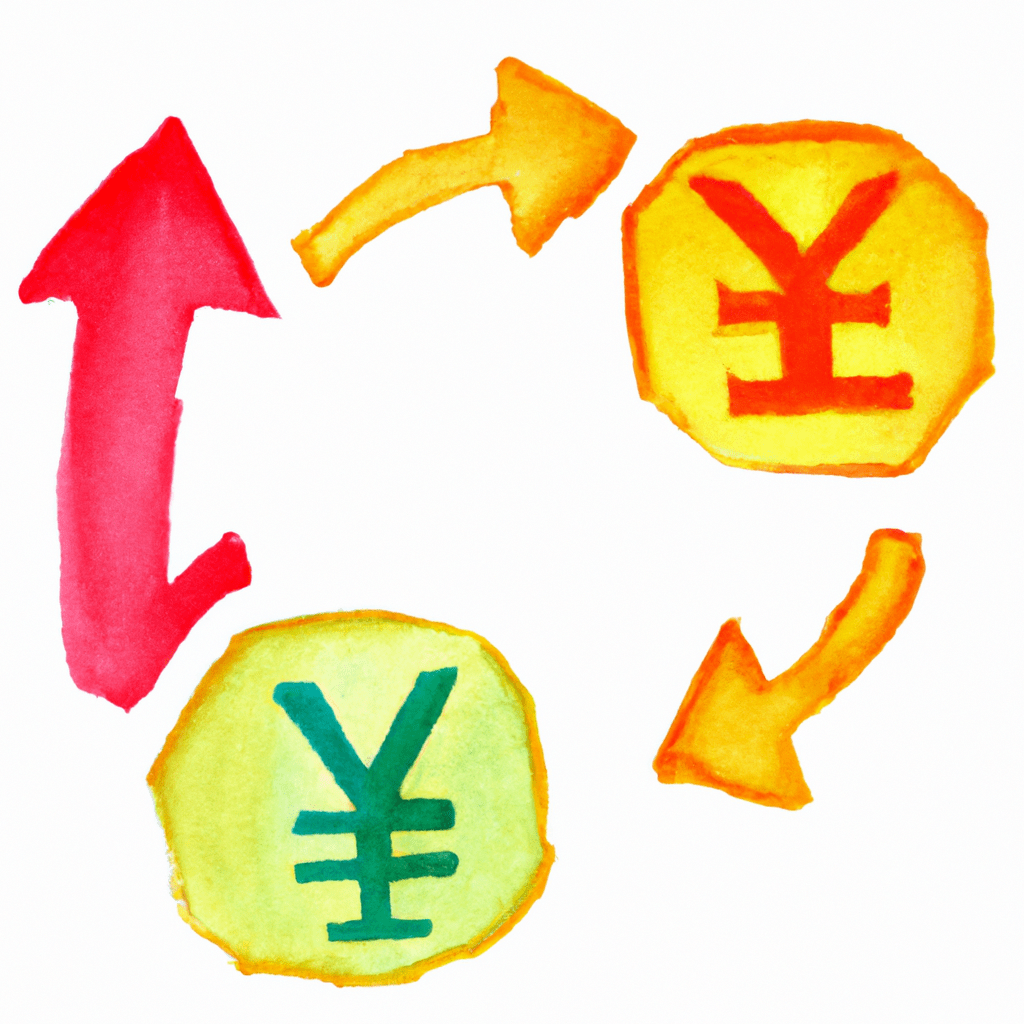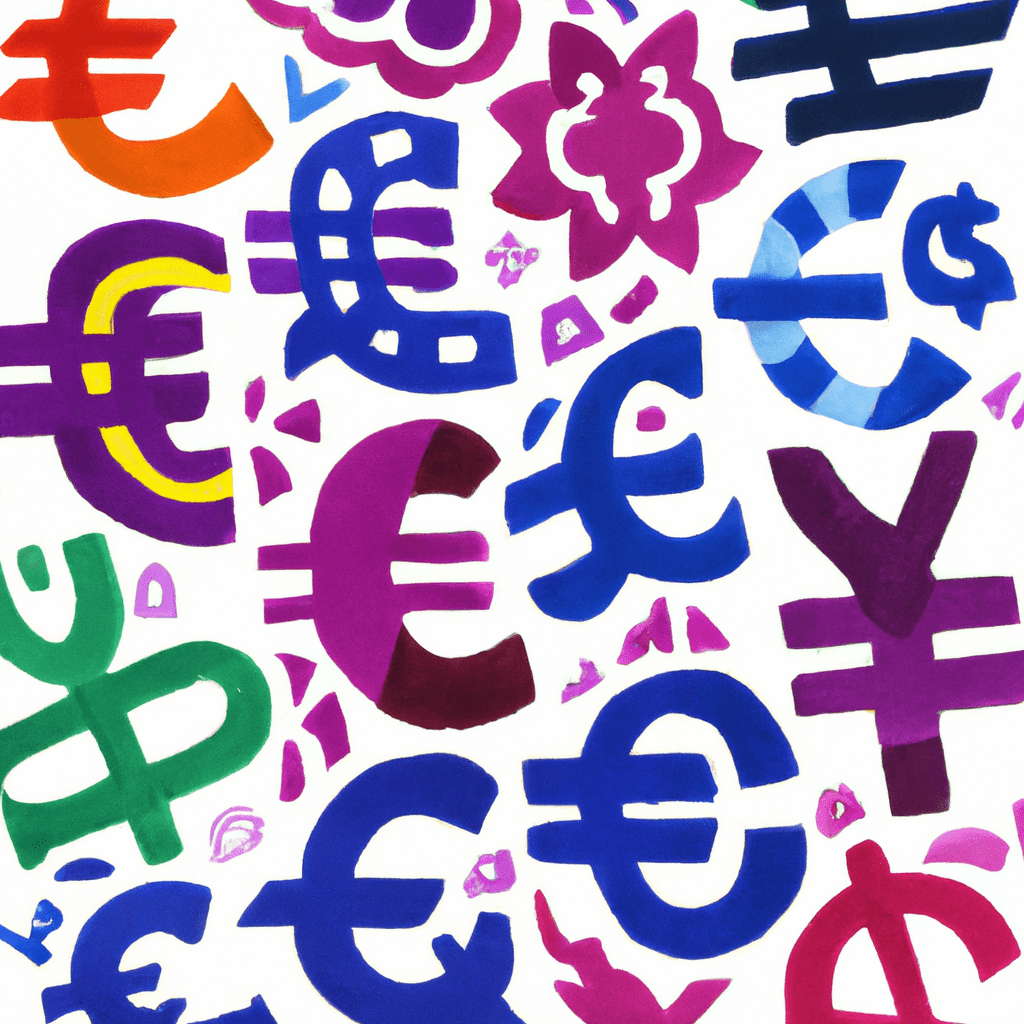In today's globalized world, forex trading has emerged as a popular and lucrative investment opportunity for individuals and institutions alike. With its potential for high returns and the ability to trade around the clock, the forex market offers a unique platform for investors to capitalize on currency fluctuations. But what exactly is forex trading? In this comprehensive article, we will delve into the intricacies of the forex market and its mechanics, unraveling key concepts such as pips, spreads, swaps, and scalping strategies. We will also explore the use of Fibonacci analysis and effective trading techniques to unlock profit potential in the forex market. So, whether you are a seasoned trader or a novice looking to dip your toes into the world of forex, this article will equip you with the knowledge and tools you need to succeed in this exciting and dynamic market. Let's dive in and discover the secrets of forex trading together.
1. “Understanding Forex Trading: A Comprehensive Overview of the Forex Market and Its Mechanics”

Forex trading, also known as foreign exchange trading, is the process of buying and selling currencies in the global market. It is the largest and most liquid financial market worldwide, with a daily trading volume that exceeds $6 trillion. Understanding the mechanics of forex trading is crucial for anyone looking to participate in this dynamic market.
Forex trading operates on the principle of exchanging one currency for another, with the aim of profiting from the fluctuating exchange rates. This market is decentralized, meaning that it does not have a physical location or a central exchange. Instead, trading is conducted electronically over-the-counter (OTC) through a network of banks, financial institutions, and individual traders.
In forex trading, currencies are always quoted in pairs. The first currency in the pair is known as the base currency, while the second currency is the quote currency. The exchange rate reflects the value of the base currency in terms of the quote currency. For example, in the EUR/USD currency pair, the euro is the base currency, and the U.S. dollar is the quote currency.
The forex market offers various trading opportunities, and traders can profit from both rising and falling markets. One of the key concepts in forex trading is the use of leverage, which allows traders to control larger positions with a smaller amount of capital. Leverage enables traders to amplify potential profits, but it also increases the risk of losses.
To execute trades, traders can use different types of orders, such as market orders, limit orders, and stop orders. Market orders are executed instantly at the current market price, while limit orders allow traders to set specific entry or exit points. Stop orders are designed to limit potential losses by automatically closing a trade at a predetermined price level.
Several terms are commonly used in forex trading. Pips, short for "percentage in point," represent the smallest unit of price movement for a currency pair. Spreads refer to the difference between the bid and ask prices, and they represent the transaction cost for traders. Swaps are overnight interest rates that are applied when a position is held open overnight.
Forex trading strategies vary widely, and traders employ different approaches based on their goals and risk tolerance. One popular strategy is scalping, which involves making numerous small trades to capture small profits. Another commonly used technique is Fibonacci retracement, which uses mathematical ratios to identify potential support and resistance levels.
In conclusion, forex trading is a complex yet rewarding market that offers numerous opportunities for traders. Understanding the mechanics of the forex market, including concepts such as pips, spread, swap, scalping, and trading strategies like Fibonacci, is essential for anyone looking to engage in forex trading. With proper knowledge and risk management, individuals can potentially profit from the dynamic world of forex trading.
2. “Key Concepts in Forex Trading: Demystifying Pips, Spreads, Swaps, and Scalping Strategies”

Forex trading, also known as FX trading, is the process of buying and selling currencies in the foreign exchange market. It is one of the largest and most liquid financial markets in the world, with trillions of dollars being traded daily.
To demystify some key concepts in forex trading, it is essential to understand terms like pips, spreads, swaps, and scalping strategies. These concepts play a crucial role in determining the profitability and risk management of forex trades.
Pips are the smallest unit of price movement in the forex market. They represent the fourth decimal place in most currency pairs, except for the Japanese yen pairs, where they are the second decimal place. For example, if the EUR/USD currency pair moves from 1.3450 to 1.3451, it has gained one pip.
Spreads refer to the difference between the bid and ask price of a currency pair. The bid price is the price at which traders sell the base currency, while the ask price is the price at which they buy the base currency. The spread represents the cost of trading and can vary depending on market conditions and currency pairs. Lower spreads are generally preferred by traders as they reduce transaction costs.
Swaps, also known as rollover fees, are interest rate differentials between the two currencies in a currency pair. Since forex trading involves buying one currency and selling another simultaneously, traders may incur or earn interest depending on the interest rates of the countries associated with the currencies being traded. Swaps are either added or deducted from a trader's account at the end of each trading day.
Scalping is a trading strategy that aims to profit from small price movements in the market. Scalpers enter and exit trades within short time frames, sometimes even within seconds or minutes. This strategy requires traders to have a thorough understanding of market dynamics and to make quick decisions. It is important to note that scalping is a high-risk strategy and may not be suitable for all traders.
In addition to these concepts, Fibonacci retracement levels are often used by forex traders to identify potential support and resistance levels. The Fibonacci sequence, a series of numbers in which each number is the sum of the two preceding ones, is applied to price charts to identify areas where price reversals or corrections may occur.
Understanding these key concepts in forex trading is essential for traders to make informed decisions and manage their risks effectively. By staying updated on market conditions, utilizing technical analysis tools, and employing various trading strategies, traders can increase their chances of success in the forex market.
3. “Unlocking Profit Potential: Exploring Fibonacci Analysis and Effective Trading Techniques in the Forex Market”

Forex trading, also known as FX trading, involves the buying and selling of currencies in the foreign exchange market. It is a decentralized market where global currencies are traded, making it the largest and most liquid financial market in the world. Traders participate in forex trading to take advantage of fluctuations in currency exchange rates to make a profit.
To unlock the profit potential in forex trading, traders often rely on various technical analysis tools and trading techniques. One popular method is Fibonacci analysis, which is based on the Fibonacci sequence. This mathematical concept is used to identify potential levels of support and resistance in the market.
Fibonacci retracement levels are commonly used to determine potential entry and exit points in a trade. Traders look for price retracements, or pullbacks, and use the Fibonacci ratios (38.2%, 50%, and 61.8%) to identify levels where they expect the price to reverse and continue in the direction of the overall trend. These levels act as potential areas of support or resistance, indicating where traders can potentially enter or exit a trade.
Another effective trading technique in the forex market is scalping. Scalping involves making multiple quick trades to take advantage of small price movements. Traders who employ this technique aim to capture small profits on each trade by entering and exiting positions within a short period.
When trading forex, it is essential to be aware of key terms such as pips, spread, and swap. A pip, which stands for "percentage in point," is the smallest unit of measurement for currency movements. It represents the fourth decimal place in most currency pairs. The spread refers to the difference between the bid and ask price, which is essentially the cost of trading. Traders need to consider the spread when executing trades, as it affects their potential profits. The swap, also known as rollover or overnight interest, is the interest rate differential between two currencies in a currency pair. It is a fee or credit incurred when holding positions overnight.
In conclusion, forex trading offers immense profit potential for those who have a good understanding of effective trading techniques. Fibonacci analysis can help identify potential entry and exit points, while scalping allows traders to capitalize on small price movements. Understanding terms like pips, spread, and swap is crucial for successful trading in the forex market. By combining these techniques and staying informed about market trends, traders can unlock the profit potential in forex trading.
In conclusion, forex trading is a dynamic and potentially lucrative market that offers numerous opportunities for investors. Understanding the mechanics of the forex market, including key concepts such as pips, spreads, swaps, and scalping strategies, is essential for success. Additionally, incorporating Fibonacci analysis and effective trading techniques can further enhance profit potential. By staying informed and utilizing reliable fxsignals, traders can navigate the forex market with confidence and achieve their financial goals. Whether one is a beginner or an experienced trader, the forex market offers a wealth of possibilities for those willing to put in the time and effort to master its intricacies. So, start exploring the world of forex trading today and unlock the potential for financial success.





